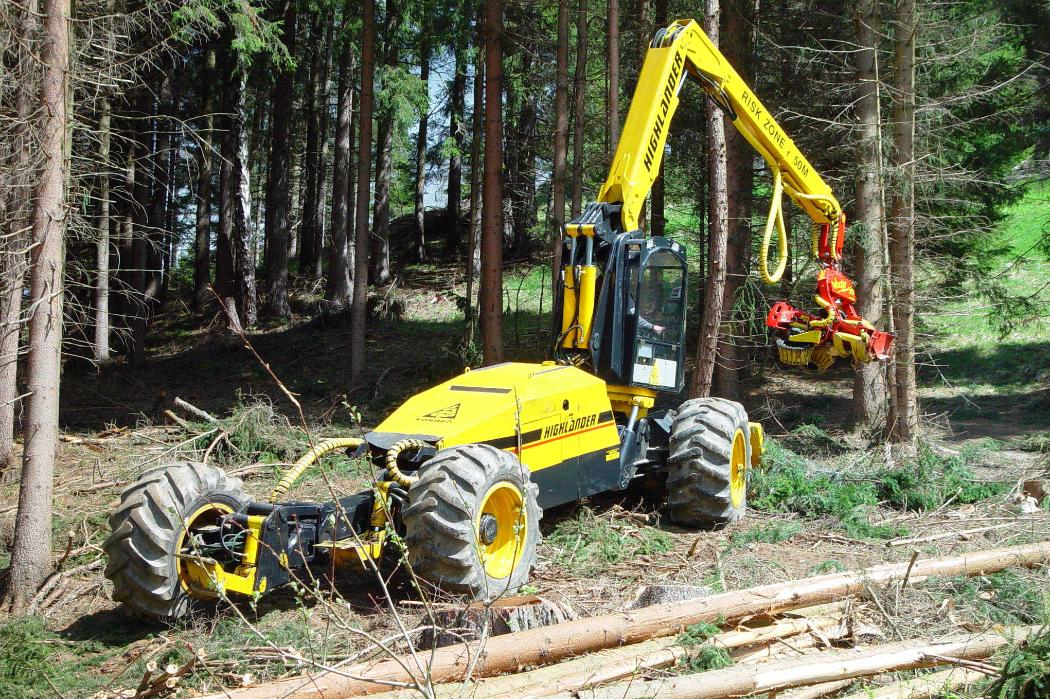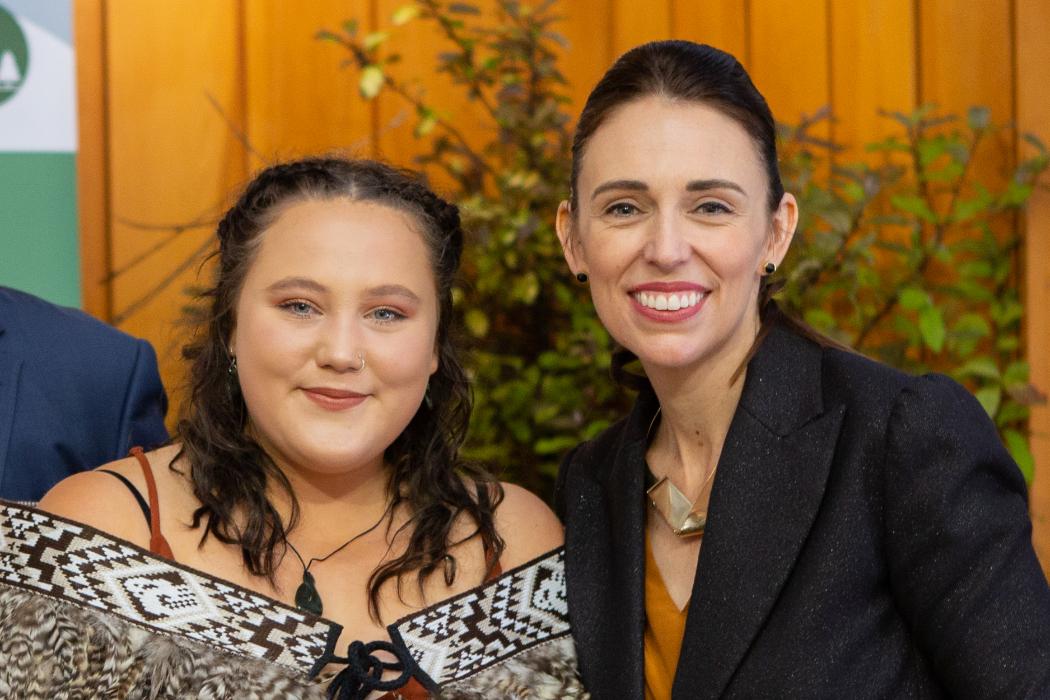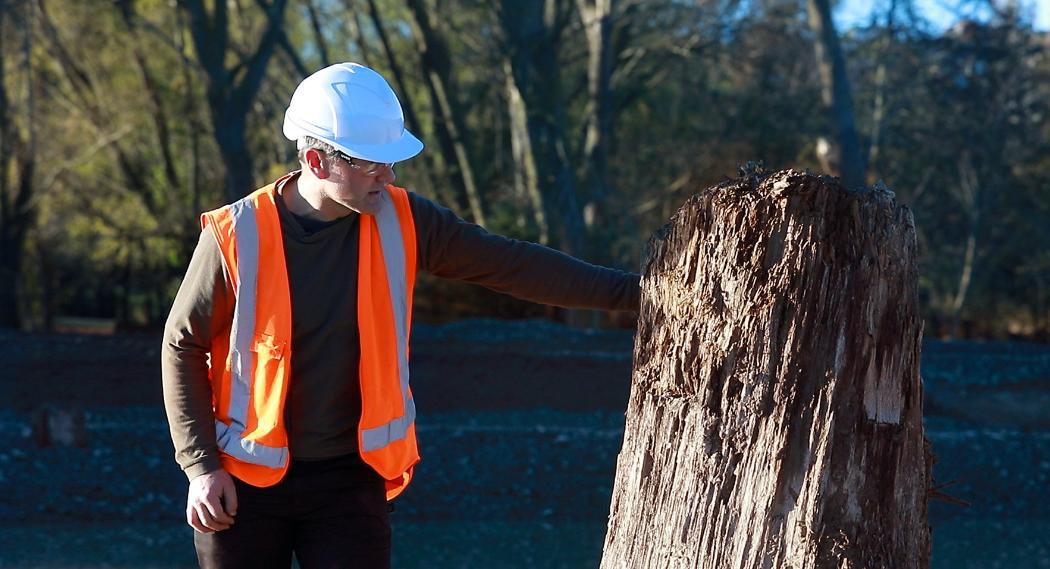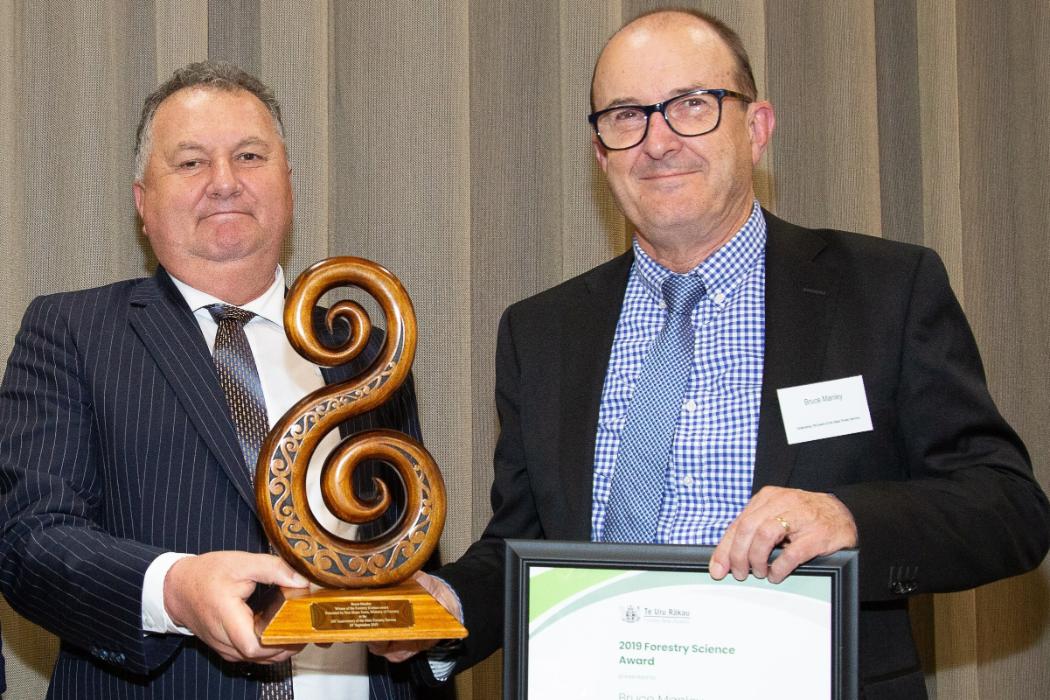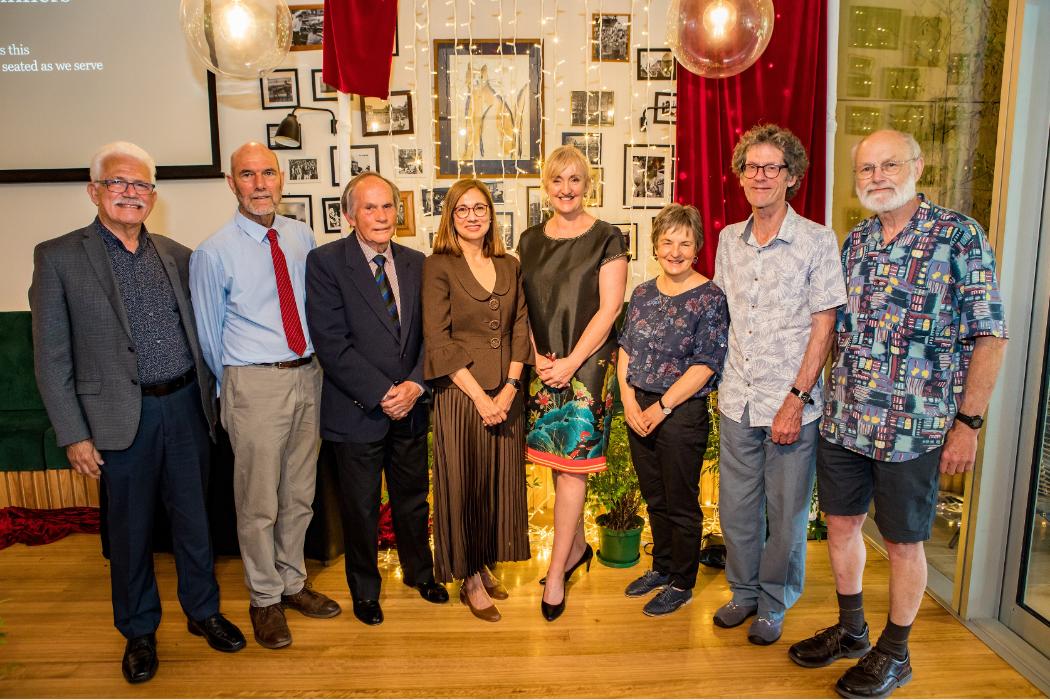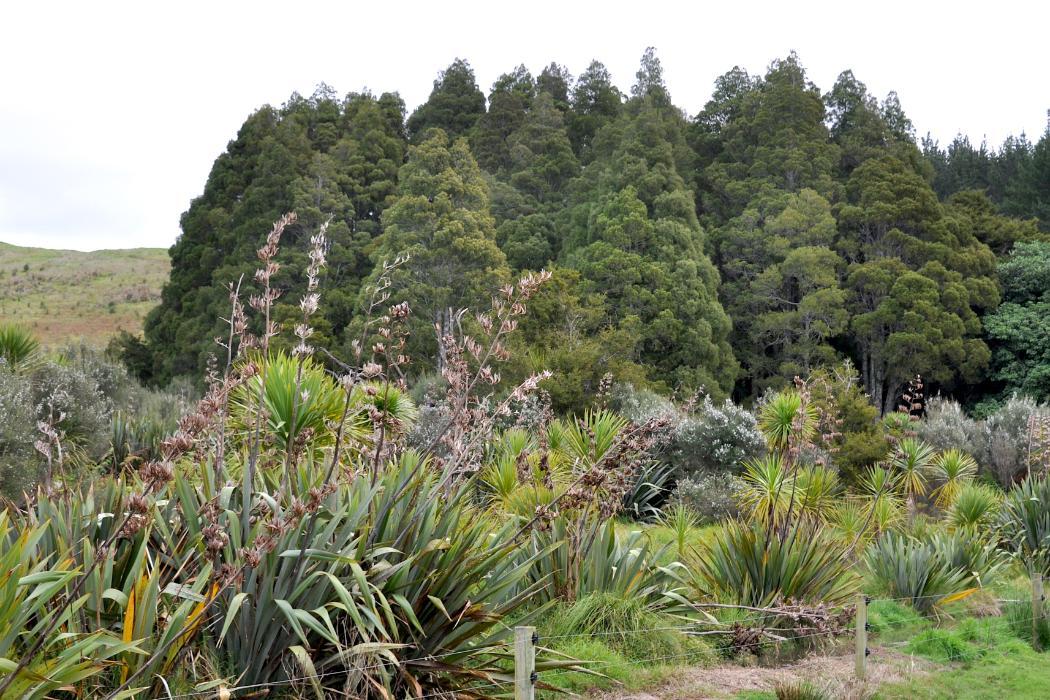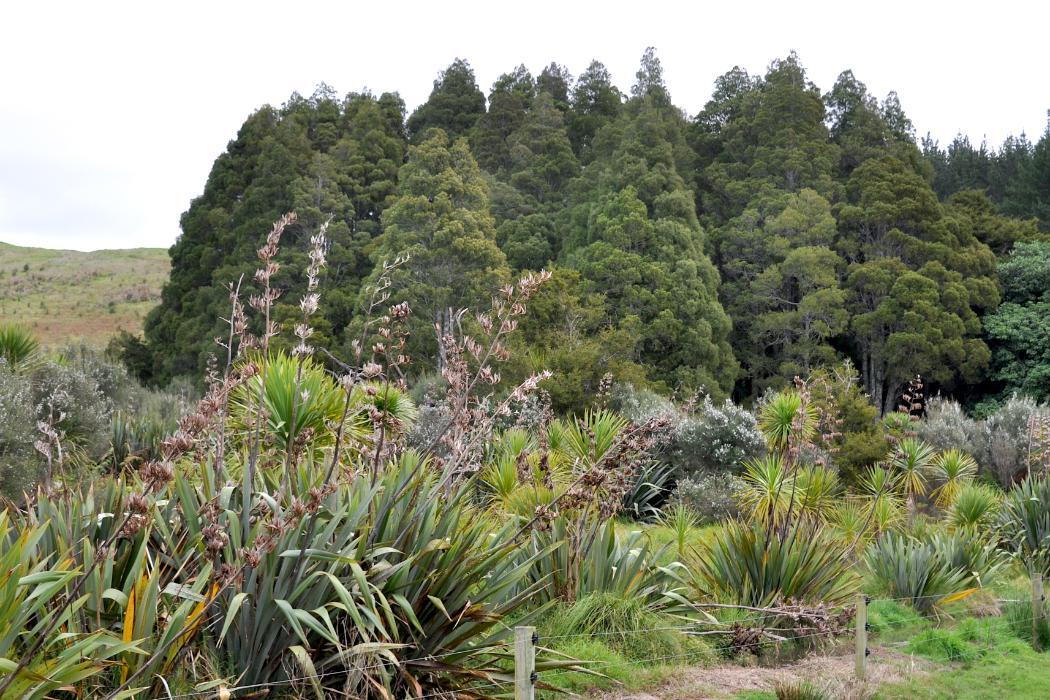A wide range of research is carried out within the Department. Links to the research groups are given below. Please contact staff involved to learn more about their research.
Better understanding the interactions between economic use, biodiversity conservation and pest management within primary production systems, in order to sustain New Zealand's unique and endemic biodiversity. The focus is on both agricultural and forestry systems where the primary management objective is economic use (e.g., meat, wool or timber production).
(Academic staff working within each theme are listed in brackets - the theme leader's name is listed first.)
Biodiversity conservation in primary production systems
Understanding the interactions between primary production (e.g., grazing or timber extraction) and biodiversity conservation. In this theme our research considers the ways in which primary production can be modified to enhance native biodiversity without compromising the economic viability of the land unit.
Restoration ecology
Not currently supported
Restoration ecology is the key management tool that is available to increase native biodiversity within primary production systems. Here our research is addressing the factors that limit the success of restoration as a basis for being able to more successfully implement restoration programmes within primary production systems.
Pest management in primary production systems
Complex interactions between pest species (plant and animal) and both primary production and biodiversity conservation. Management of pest species requires consideration of both of these factors, as focusing on one can result in unwanted outcomes for the other.
Continuous cover forestry (CCF)
The economics of management of uneven-aged mixed species beech forests in New Zealand. In collaboration with Landcare Research, the School is developing models to understand the ecology of beech forests better and evaluate the timber yields and financial returns from sustainable beech forest management.
Dryland forestry
The NZ Dryland Forest Initiative aims to create a resource of naturally-durable eucalypts that are environmentally adapted to NZ drylands from East Cape to Otago. Selection, trials and introduction of eucalypts that are well-adapted to dry sites; screening for desired families; product characerisation and markets. Eucalypts can produce high quality timber and sequester carbon more rapidly than other species on dryland sites. This research targets non-forestry clients such as the wine industry.
Forest-scale site assessment
This project will develop a system for assessing site factors critical to tree growth and forest management, species selection, limitations to forest management, and risk of disease and pests for New Zealand. The system will be available as decision-support software, provided in downloadable form on the web and promoted directly to land owners and foresters.
Improving the operational performance of the NZ forest industry. The three key components of any successful operation are that it optimises economic viability, while ensuring physical feasibility and social acceptability.
(Academic staff working within each theme are listed in brackets - the theme leader's name is listed first.)
Biomass/Bioenergy
Woody biomass is a form of renewable energy that has been identified in NZ as offering great potential in terms of reducing our dependence on coal, oil or gas for heat and electricity production. Woody biomass can be found as residues at both processing areas (landings) as well as in the cut-over (harvest area), but thinning operations can also yield large volumes of quality biomass product. Research into the recovery of biomass focuses on integrating the biomass recovery systems into our active harvest operations to avoid impacts on both quality as well as quantity of biomass that can be recovered.
Operational efficiency
There are a large number of machines/systems that can be used to accomplish any given operational task in forestry. While our systems are normally very productive, they are also very expensive to run on an hourly or daily basis. New machines/equipment are being designed on a regular basis to help improve the cost-effectiveness of operations. Such machines/equipment need to be studied to see if the desired improvements can be realised in the field. Examples of current research projects include felling on steep terrain, as well as the use of radio-controlled chokers with cable yarders.
Environmental impacts
Poorly planned or executed harvesting operations can have unnecessary impacts on the environment. These can include excessive erosion and sedimentation anddestruction of streamside vegetation of aquatic habitat. Careful planning is the key first step to ensuring that potential impacts are minimised. We are working with modern planning tools. Studies on specific machine and system alternatives have also been carried out in the past to check on environmental performance. One specific study looks at the size and layout of the processing areas associated with harvesting operations.
Forest roading
Forest roads cost more than $100 per lineal metre to construct in difficult terrain. Poorly planned or constructed roads can have a significant and long-term impact on the environment. While there are many facets to successful road design, the current research programme focuses on un-bound pavement design, and specifically the pavement thickness requirements and how it varies with different techniques and parent material in the sub-base, as well as quarry materials for the base-course.
Variability in the forest resource increases the risk to both forest growers and processors. Understanding the causes of variability of wood traits, and therefore promoting the development of superior resources and products is the major challenge in plantation forestry.
(Academic staff working within each theme are listed in brackets - the theme leader's name is listed first.)
Wood quality
(Clemens Altaner, Luis Apiolaza, Euan Mason)
Assessment (and tools and statistical determination) of genetic variation and of establishment and early growth on pines and eucalypts with regard to intrinsic wood characteristics.
Breeding
Exploiting between and within-tree variability to select and breed for superior genotypes. Our current focus is on very early screening for solid wood quality (structural and appearance grades), connecting wood quality research, economics and advances on breeding and genetics.
This research looks at the interactions between genotypes, site and silviculture, at species, family and clonal levels for radiata pine and Eucalyptus species. We are interested in observing patterns of, and identifying drivers of, these interactions: the project is also developing methods for very early selection of desired traits, and assessing clonal and family variations.
Silviculture
Silvicultural research included impacts of establishment practices on crop values, impacts of silviculture on wood quality, species choice and silvicultural modelling.
Modelling
Research in modelling is focused on creating hybrid physiological/mensurational growth and models that are targeted at forest managers' requirements, but that can also represent changing climate and seasonal growth processes in sufficient detail to allow the representation of within-tree distributions of wood properties. Modelling in natural stands or native plantations is focused on providing an effective nationwide framework for predicting growth, yield and biodiversity in native forest stands.
Understand the economic value of forests managed for timber, as well as other products and services. Evaluate the return from investment in a range of management options, including genetic improvement. Understand the profitability of forestry compared with other land uses.
(Academic staff working within each theme are listed in brackets - the theme leader's name is listed first.)
Economic and market analysis
Breeding aims to produce superior genotypes that, in combination with appropriate site and silviculture, will turn into superior phenotypes. Superiority is defined as extra profit based on multiple traits, which requires identifying the biological traits to improve and the relative economic importance of those traits. We are using several economic approaches (e.g., bioeconomic, hedonic, stochastic frontiers, linear programming) to estimate the value for each trait for timber production.
End uses and demand for radiata pine products in the New Zealand market. Initially the focus will be on demand for products from dryland forests.
Valuation
This research focuses on the valuation of plantations, including both market and non-market factors. It includes the development of forest valuation methodology; e.g., the use of option pricing approaches to forest valuation. It also includes research on key inputs for forest valuation such as log prices and discount rate.
Carbon forestry
(Bruce Manley, David Evison, Euan Mason)
Our research includes work on methods for carbon measurement and accounting, the development of carbon modelling and the evaluation of the impacts of carbon trading on forestry. The latter has included study on the impact of the ETS on forest management as well as research to evaluate the impact of policy options (land use change, wood processing scenarios and bioenergy options) on the greenhouse gas balance of the New Zealand forest industry. Research also includes impacts of changing climate on forest production, biomass estimation, and ethics of alternative policy initiatives for encouraging carbon sequestration through forestry.
Business performance
Nearly all operational activities (such as planting, tending, harvesting, roading) in the forest industry are carried out by contractors. However, the geographical spread of this type of work, coupled with the capital intensive nature of the operations, means fundamental supply and demand principles often do not work. Research into machine and system costing, estimating productivity and/or using productivity models, and managing contracts are all important consideratioins for successfully managing industry-contractor relationships. Specific projects include harvesting cost benchmarking, and a contractors survey of business confidence.
Land management planning, and land use change
A key part to successfully managing native biodiversity and pest species within primary production systems is the use of appropriate land management planning tools.
In this research theme we are focusing on better understanding the management planning approaches that land owners and agencies can use to successfully incorporate biodiversity conservation within primary production systems.
The research is targeted at developing methods to compare the economics of different land uses in New Zealand, and to understand th drivers of land use change.


